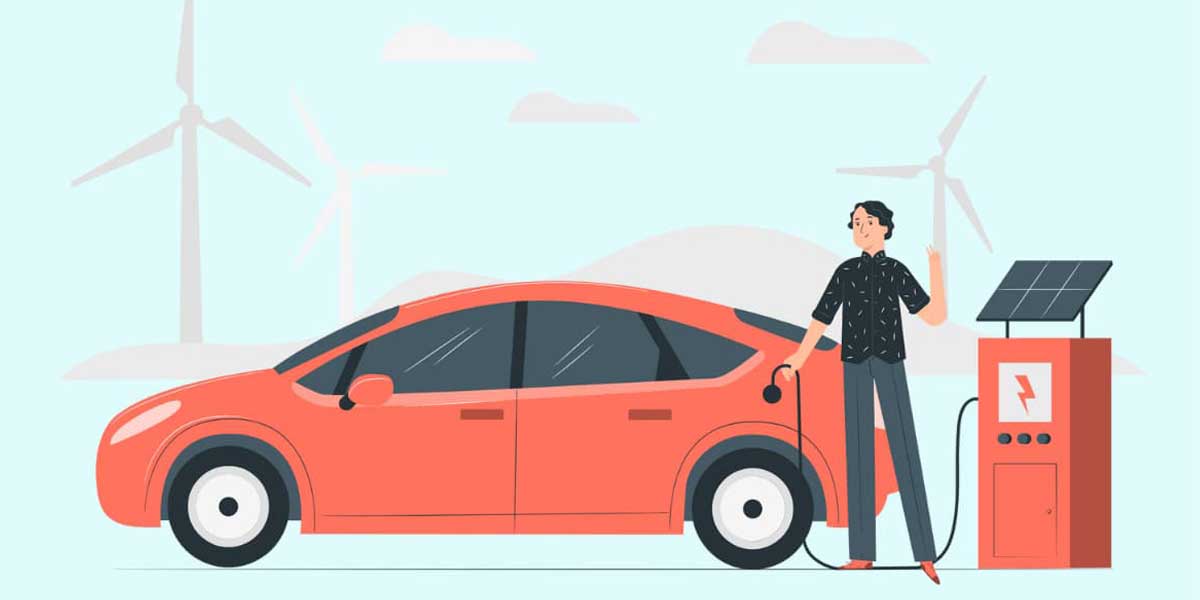Amitabh Kant, India's G20 Sherpa, spoke on the desired roadmap for India's transition to electric mobility at the recently held 'National Dialogue on Emerging Trends in E-Mobility' organized by the Council on Energy, Environment, and Water (CEEW) in New Delhi.
"India should target making two and three-wheelers sales 100% electric in the next five years. This will not only help reduce air pollution but also ensure that we become a global manufacturing champion for electric two-wheelers and three-wheelers. Public mobility is the backbone of a civilised society. Focus should also be on e-buses", he said, at the event.
He further added, "To accelerate the e-mobility transition, financing will be key. There is a need for mechanisms such as first-loss guarantees, credit enhancement and blended finance, to enable private-capital to flow at scale. We must target to install five million fast chargers, and push for battery swapping and PLIs for localised manufacturing. Also, I want to congratulate CEEW for this path-breaking e-mobility dashboard that will encourage healthy competition between states."
At the event, he released the independent report 'Greening India's Automotive Sector' by the CEEW Centre for Energy Finance (CEEW-CEF). According to the report, which was supported by Bloomberg Philanthropies, more EVs were sold in the country in the first six months of FY 2022-23 than in the previous full fiscal year. EVs accounted for 6% of all new vehicle sales in September 2022, up from 1% in January 2021.
CEEW-CEF also launched its 'Electric Mobility Dashboard,' a free online tool that captures and dynamically updates EV volumes at the national, state, and RTO levels every two weeks. CEEW CEO Dr. Arunabha Ghosh stated, "India's EV segment has been a bright spot for the auto sector and growing from strength to strength. We are well-positioned to emerge as a global manufacturing hub for electric two- and three-wheelers. Announcing an official EV transition target for India's auto sector could provide further impetus to the sector's growth, both nationally as well as sub-nationally. In fact, states must also give incentives to vehicle categories more suited for electrification".
He continued by saying that an excellent illustration of a transition that creates jobs and catalyzes economic growth in a fair and sustainable way may be India's successful greening of its auto industry.
According to the CEEW-CEF analysis, states with EV regulations that include consumer incentives had twice the market growth of states without them. More incentives are also associated with more obvious market expansion. States with bigger incentives, like Assam, Goa, and Gujarat, saw growth of nearly twenty times during the first six months following the announcement of their incentive plans. States with lower incentives, on the other hand, only witnessed a 4.5-fold increase in their markets.
Twenty-one Indian states have announced their own EV policies, with 15 of them offering incentives in the form of buyer subsidies. The most recent states to announce EV policies are Uttar Pradesh and Tamil Nadu. Furthermore, FAME II has had an impact on driving E2W volumes, with 56% of their unit target achieved, according to the report. However, E3W, which includes e-rickshaws and commercial electric four-wheelers, lags far behind, having only met 12% of their respective FAME II unit targets. Despite a blip in trends caused by incidents of E2Ws catching fire, timely policy responses helped EV sales recover quickly.
According to the CEEW-CEF study, in FY 2021-22 and the first six months of FY 2022-23. It has a nearly 4% EV penetration, followed by Maharashtra, which has 1.12 lakh EV sales. However, Delhi has the highest EV penetration rate in India (8.30%), followed by Assam (5.91 per cent). Among RTOs, Pune leads in absolute sales with 21,665 EVs sold in FY 2021-22 and the first six months of FY 2022-23, but Delhi's Burari taxi unit is India's greenest RTO, with 46.4 percent EV penetration.
According to the study, E2Ws and e-rickshaws jointly lead the EV segment in India, accounting for 93.5 percent of the total market. In the first six months of FY 2022-23 alone, nearly 3 lakh E2Ws and 1.7 lakh e-rickshaws were sold, the highest ever recorded for both. Nonetheless, despite such high numbers, EV penetration among all two-wheelers remains low at only 4%. States such as Maharashtra, Karnataka, Tamil Nadu, and Rajasthan can credit their EV sales success to the E2W category. In Uttar Pradesh and Tripura, where they provide last-mile connectivity, e-rickshaws account for the majority of EV sales.
"So far, most of the EV volumes in India have been driven by e2Ws and e-rickshaws. Policy support, including at the state level, has played an instrumental role. Our report found that states with their own consumer incentives for EVs over and above FAME II subsidies recorded volume growth more than 2X that of states without such policies. With FAME II expected to draw to a close at the end of FY2024, it is all the more important for those states that have not yet notified EV policies incorporating consumer incentives to do so at the earliest", said Gagan Sidhu, Director, CEEW-CEF.
The CEEW-CEF study suggests setting a formal EV transition objective for India's automotive industry in order to give the industry the proper guidance at all levels. States that have not yet implemented such EV regulations might think about doing so to stimulate their local markets in light of the market expansion linked to consumer incentives.
The research also notes that a large percentage of E3Ws are sold without using any FAME II subsidies. The volume expansion of certified E3W models may be encouraged by increased per-unit incentives, according to policymakers.
See also:
Mumbai airport goes green, inducts the first batch of 45 EVs
Kerala committed to implementing e-mobility policy




















